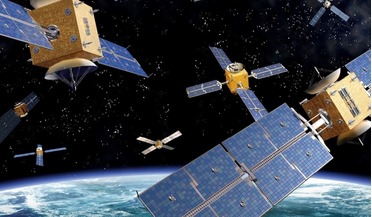 September 2019
Expectations in a connected world
September 2019
Expectations in a connected world
...-reaching impacts on other operators. It is important not only to gauge the potential impact on LEO, but also how GEO and MEO satellites might be affected. So how can we prevent large network disruptions? Much of it is down to legislation. Ultimately...
 August 2020
Battle for the night sky - from telescopes to ad-breaks
August 2020
Battle for the night sky - from telescopes to ad-breaks
.... Previous attempts to provide this service focused on larger, more powerful and more expensive satellites in geostationary orbit (GEO), but they faced the issue of longer signal delays because of the greater distance compared with LEO...
 January 2021
Safeguarding space - lessons from decommissioning in the energy industry
January 2021
Safeguarding space - lessons from decommissioning in the energy industry
... industry or the significant reputational damage caused to oil producers by the Brent Spar North Sea platform incident. GEO satellites lose the ability to keep their orbits even when they are otherwise operational - Astroscale’s LEXI...
 February 2021
In-orbit servicing and insurance – a marriage of convenience?
February 2021
In-orbit servicing and insurance – a marriage of convenience?
... (IS-901) to initiate final docking of the two spacecraft. MEV-1 successfully returned IS-901 to service in its designated position in GEO on 2 April 2020. Left: One of the leading satellite insurers, Swiss Re, left the space insurance market last...
 October 2021
A US space strategy for 2050: shaping a domain on the cusp
October 2021
A US space strategy for 2050: shaping a domain on the cusp
... Treaty has become obsolete New opportunities are pushing companies and nations to look beyond geosynchronous orbit (GEO), the orbit traditionally used for weather mapping, intelligence purposes, certain communication requirements, and other national...
 September 2023
A multifaceted approach to space sustainability
September 2023
A multifaceted approach to space sustainability
... in LEO, and other factors such as post-mission disposal. This has only been a consideration in geostationary orbit (GEO), where both the frequencies and the use of orbital positions are regulated by the ITU. But now...